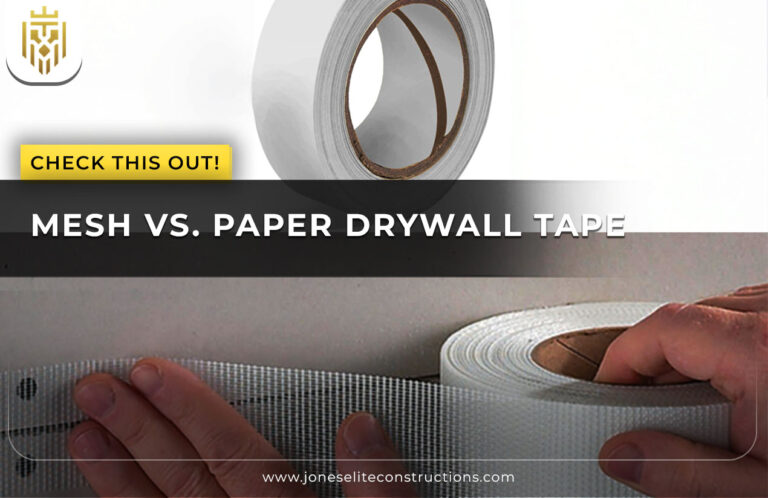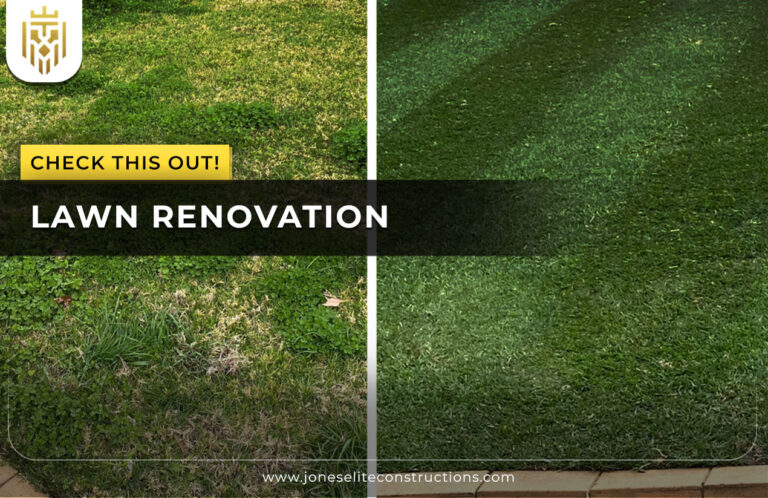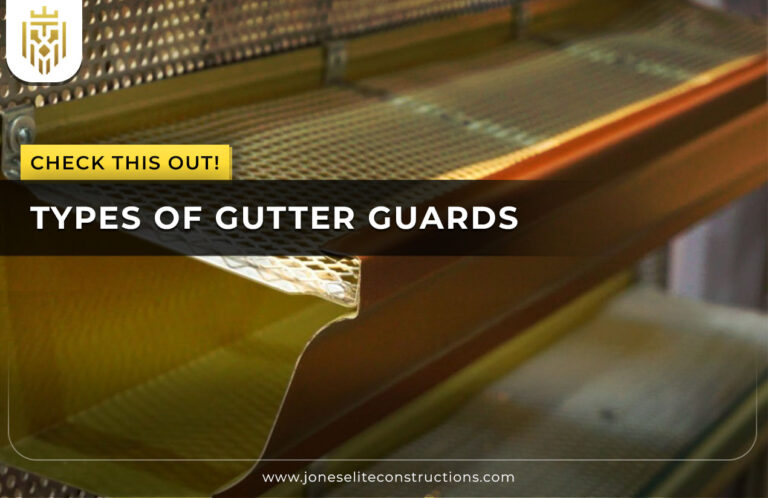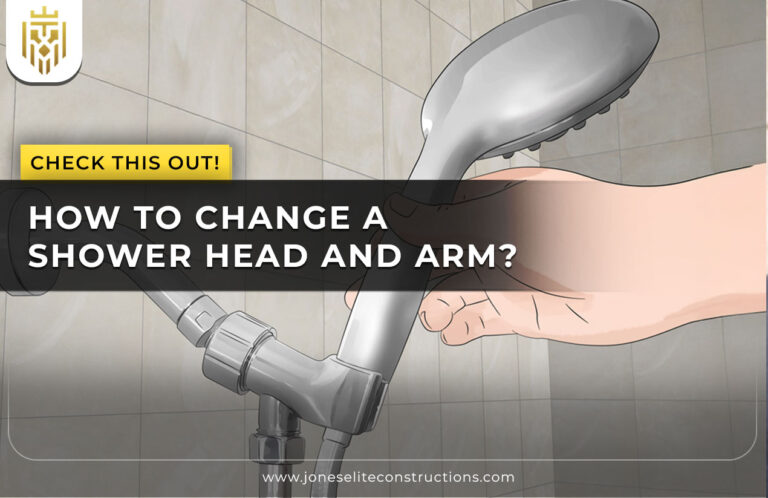What is flooring?
Flooring means the permanent covering of the floor surface in the buildings. It is an integral part of the space, allowing functionality as well as beautification, giving a surface to walk on, and affecting the look of the place too. The types of flooring vary greatly with respect to texture and durability as well as their maintenance requirements and also the looks they give.
It is important to figure out which one fits your needs best. Be it a classic hardwood or trendy vinyl, each variant has characteristics that fulfil an entirely different need.Choosing the best flooring for your home is a one-time but critical decision that would influence not only your view of things but also the use and maintenance of space for a long time.
From a theoretical perspective, it involves taking cognisance of the many varieties of flooring potential, something which can help you understand the various kinds of choices available by which you could end up in a situation best compatible with your way of life, budget, and design preferences that does not make you feel as if you have sacrificed at all. You are always going to have the right choice, whether you are upgrading your house or building a brand new one; flooring becomes a standard maker with regards to comfort and style.
Types of Flooring
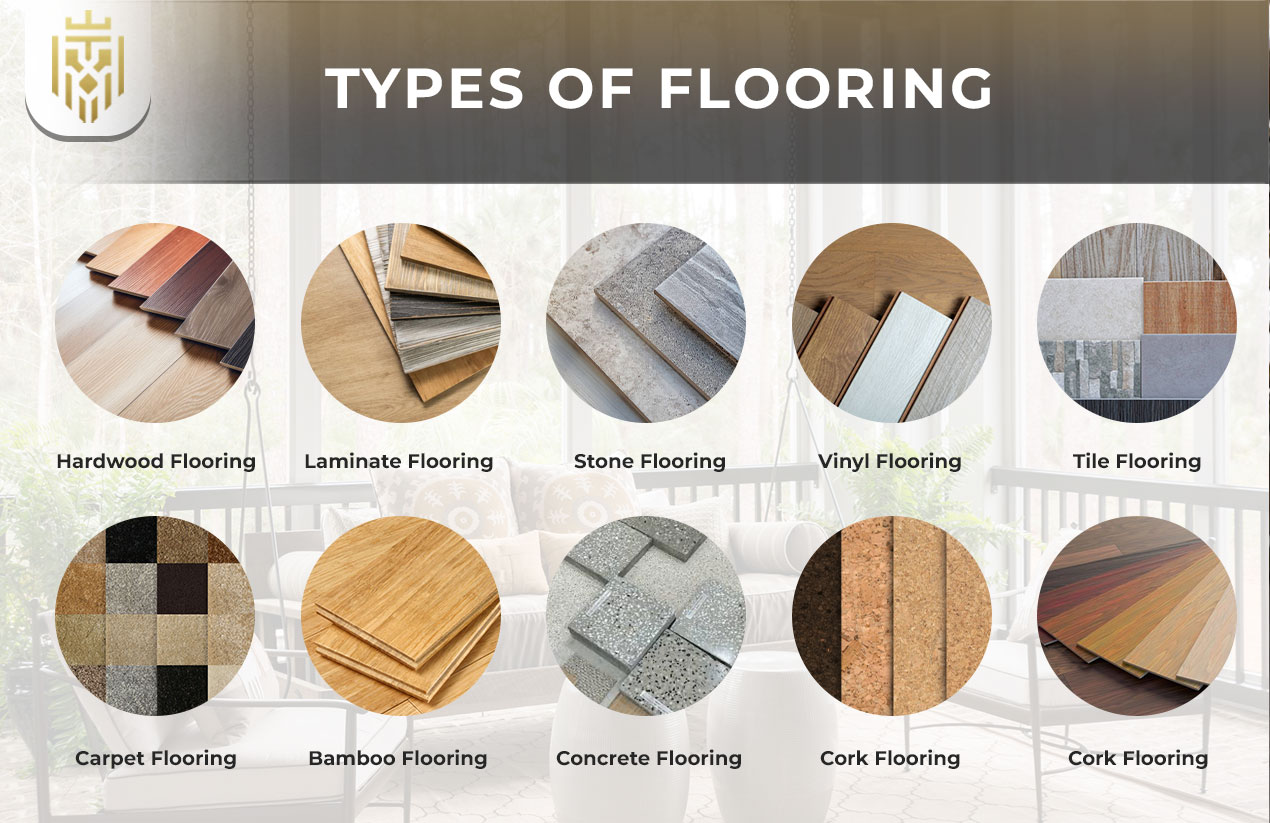
There are numerous flooring options available, each with its own advantages and drawbacks. Understanding the features of each type can help you decide which material is best suited for your home.
Hardwood Flooring
Hardwood flooring is timeless and elegant and adds a warm touch of character to any home. Because it consists of solid pieces of wood, its beauty and durability are well recognised.
-
Pros of Hardwood Flooring
Hardwood flooring has high longevity, lasting for decades with proper care. A great appearance increases the value of your property, while sanding and refinishing can be done several times to restore it to its former look. Finally, numerous species, colours, and finishes of hardwood are available, so achieving your style should be easy.
-
Cons of Hardwood Flooring
Hardwood flooring, while charming, requires regular maintenance to protect against scratches, dents, and moisture damage. Being one of the more expensive types of flooring, professional installation might be required.
Laminate Flooring
Laminate flooring looks and feels very natural and can be replaced by hardwood or look like stone, yet is made possible by very cost-effective use. It has four layers comprising a tough and durable top layer against wear and tear.
-
Pros of Laminate Flooring
This floor can be very durable and resistant to scratches, stains, and fading, making it a suitable floor for high-traffic areas. Furthermore, it is easy to install using a click-lock system, making it highly preferred by DIY enthusiasts.
-
Cons of Laminate Flooring
Laminate does provide much durability but does not provide refinishing as hardwood would. Once damaged, the planks must be replaced; also, excessive moisture may cause swelling and warping over time.
Stone Flooring
Stone flooring is a natural and luxurious flooring material, widely used in entryways, kitchens, and bathrooms. Most stone-type materials include marble, granite, and slate.
-
Pros of Stone Flooring
Stone flooring is indeed long-lasting because it withstands heavy foot traffic and can actually last for many years if properly maintained. Its natural patterns and textures create a unique, sophisticated appearance that ultimately will add value to your dwelling.
-
Cons of Stone Flooring
Stone flooring is also expensive in terms of materials and installation. It may be cold underfoot, and their particular types need to be sealed again and again to maintain their appearance and prevent staining.
Vinyl Flooring
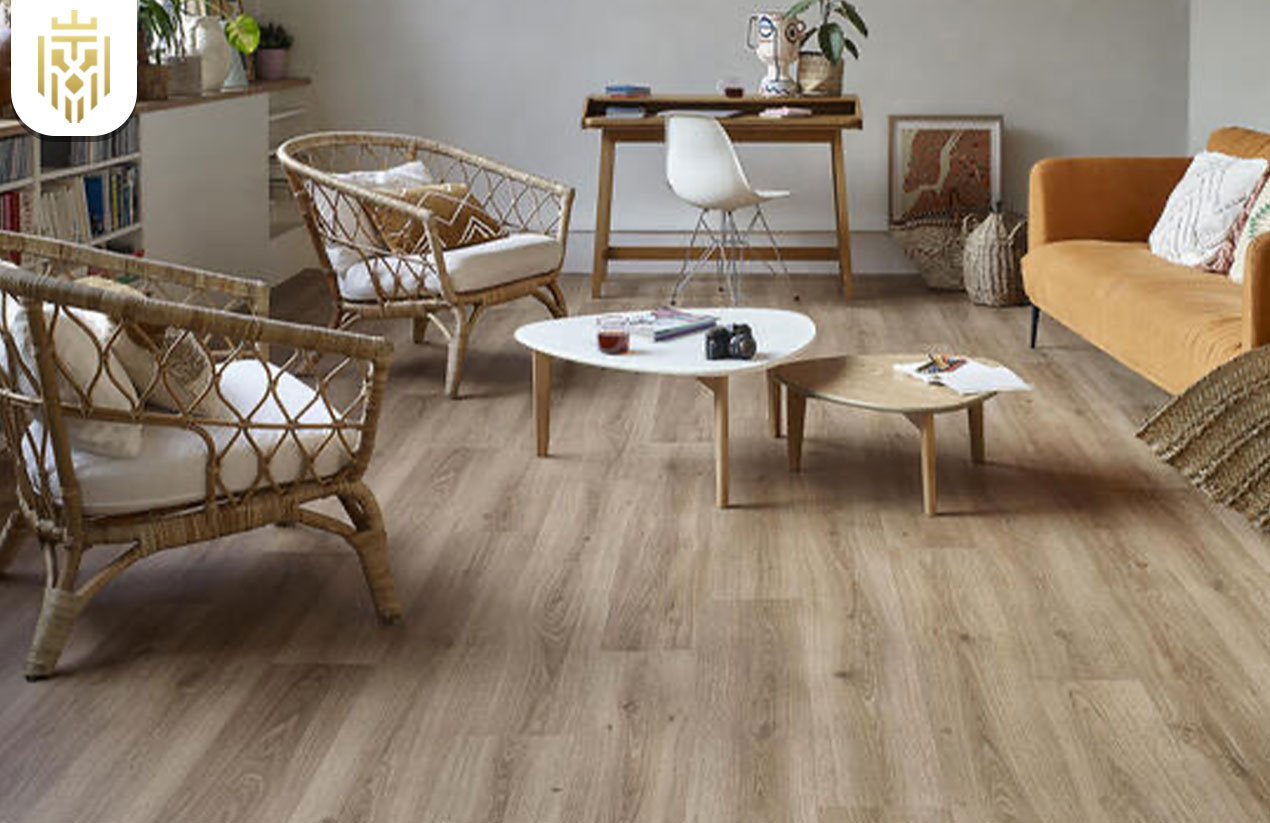
Vinyl flooring is an economic and versatile alternative that imitates either wood, tile, or stone. Such materials are available in the form of sheets, tiles, or planks in order to provide varied application options.
-
Pros of Vinyl Flooring
It holds its resilient nature because it protects from moisture; hence, it has proven to be the perfect flooring material for kitchens, bathrooms and basements. This makes it quite soft to stand on as it prevents strain on joints and absorbs noise, making it an attachment in homes with heavy traffic.
-
Cons of Vinyl Flooring
Such flooring is quite hardy in nature, but it can succumb to scratches and punctures if sharp objects are used with them. A few years down the line, heavy furniture settling on it may cause the floors to dent, and lower-quality vinyl will usually fade in the presence of sunlight for a longer period.
Tile Flooring
Tile floats are those materials that are found to be best inside kitchens, bathrooms, and even outdoors because of their properties of being long-lasting as well as being moisture-proof. Types of tile that fall under this category include ceramic tiles and porcelain tiles.
-
Pros of Tile Flooring
Tiling floors is so durable and moisture-resistant and has quite a large variety of colours, patterns, and textures. Tiles can be cleaned effortlessly, making them ideal for application in floors with spills and stains.
-
Cons of Tile Flooring
People do complain that tile flooring feels quite cold and hard underfoot, which is uncomfortable in frosty areas. Besides, the grout lines will need hearing-washing to avoid discolouration.
Carpet Flooring
Carpet flooring creates a soft, warm atmosphere and is among the most common floorings for bedrooms, sitting, and family areas. They come in a large variety of colours, textures, and pile heights.
-
Pros of Carpet Flooring
Carpet acts as an excellent insulator in that it reduces noise and adds warmth in a room. Fine underfoot, the carpet creates an atmosphere of comfort and warmth.
-
Cons of Carpet Flooring
Carpets can trap dust, allergens, and odours, requiring regular vacuuming and occasional deep cleaning. Stains can be difficult to remove, and some carpet fibres may wear down quickly in high-traffic areas.
Bamboo Flooring

Bamboo flooring is an environmentally friendly alternative produced from fast-growing bamboo plants. It has a neat, elegantly contemporary appearance and has impressive durability.
-
Pros of Bamboo Flooring
Bamboo gives a sustainable and unique natural appeal. It is quite strong, moisture resistant, and performs in most climates.
-
Cons of Bamboo Flooring
While quite strong, it is easily scratched and may fade somewhat when exposed to direct sunlight. It requires careful maintenance in order to avoid damage from moisture.
Concrete Flooring
Concrete flooring offers an industrial, modern aesthetic that’s becoming increasingly popular in contemporary home designs.
-
Pros of Concrete Flooring
Concrete flooring is extremely durable, resistant to scratches and heavy impact, and requires essentially no maintenance. This gives way to the possibility of artistic applications, thanks to stains, polishes, and textures.
-
Cons of Concrete Flooring
Concrete can also be a rather unsympathetic floor, seeming cold and hard underfoot and less than welcoming in a sitting room. If not properly sealed, it will be prone to cracks and stains.
Cork Flooring
Cork flooring is an eco-friendly option known for its warmth and comfort. This substrate is made of bark from cork trees, basically very precious and green in nature.
-
Pros of Cork Flooring
Cork is soft and comfortable, excellent in terms of noise insulation and heat loss, as it is more naturally opposed to mould, mildew, and insects.
-
Cons of Cork Flooring
Cork is dent and scratch-prone due to heavy furniture or other sharp objects. Natural sunlight also causes further fading over time.
Engineered Wood Flooring
Engineered wood combines a real wood veneer with a plywood core, offering the look of hardwood with added stability.
-
Pros of Engineered Wood Flooring
This flooring is less susceptible to moisture and temperature changes than solid hardwood, making it ideal for basements and kitchens. It’s also easier to install and often more affordable than traditional hardwood.
-
Cons of Engineered Wood Flooring
While durable, engineered wood cannot be sanded and refinished as many times as solid hardwood. Additionally, lower-quality options may have a thin veneer that wears down over time.
FAQs
1) What is flooring?
Flooring refers to the permanent surface covering used in homes and buildings, designed to provide a stable and functional walking surface while enhancing the space’s aesthetic appeal.
2) What are the different types of flooring?
There are various types of flooring, including hardwood, Resilient , laminate, stone, vinyl, tile, carpet, Brick bamboo, concrete, cork, and engineered wood — each offering unique benefits and characteristics.
3) Which type of flooring is the most durable?
Stone, tile, and concrete flooring are considered some of the most durable options, capable of withstanding heavy foot traffic and lasting for decades with proper care.
4) What type of flooring is best for a home?
The best flooring for your home depends on your lifestyle, budget, and room requirements. For warmth and comfort, carpet is ideal, while vinyl or tile works well in moisture-prone areas like kitchens and bathrooms.

